
 When Indians settled down in the UK in the late 50s, they unknowingly ended up planting something in their adopted land that was far stronger than their rich culture – a taste for richer spices. For a long time Indian food in the UK was synonymous with pub grub and after-dinner binge eating with chilli-slapped food that could burn a hole through space-age metal. Today, a lot has changed. Indian chefs who migrated Westwards, tired of the dichotomy that existed here between Indian and foreign cuisines served here in India have now come into their own and
When Indians settled down in the UK in the late 50s, they unknowingly ended up planting something in their adopted land that was far stronger than their rich culture – a taste for richer spices. For a long time Indian food in the UK was synonymous with pub grub and after-dinner binge eating with chilli-slapped food that could burn a hole through space-age metal. Today, a lot has changed. Indian chefs who migrated Westwards, tired of the dichotomy that existed here between Indian and foreign cuisines served here in India have now come into their own and are flying a whole new flag of what can be termed as Indian cuisine. Back in India they had to contend with cheaper sub-standard ingredients while their French counterparts in the same hotel had the best of the world at their command. Indian cuisine suffered in India the worst reverse racism ever. The disgruntled and disillusioned chefs gradually seeped out, heading anywhere they felt they could earn a living while being less
are flying a whole new flag of what can be termed as Indian cuisine. Back in India they had to contend with cheaper sub-standard ingredients while their French counterparts in the same hotel had the best of the world at their command. Indian cuisine suffered in India the worst reverse racism ever. The disgruntled and disillusioned chefs gradually seeped out, heading anywhere they felt they could earn a living while being less  confined with their knives. London provided a good breeding ground for ideas – the epicentre of the world’s cuisines and cultures, no place could have been more inviting, and also, more competitive. With my most recent trip to London I was able to conclude my meetings with several top Indian chefs. Some were discussions, others were elaborate meals. None however were anything short of exemplary. These are my findings about the wine lists in some of the Indian restaurants in London and my take on them as a French-trained sommelier of Indian-origin. Who said the world isn’t one big village!? The Indian Sommelier round-up Overall the lists at most of the restaurants were decent but I was a bit puzzled by the idea of mixed listings i.e. listing by grape and by wine style. It is a practise found in some places in India as well and I don’t think it is very conducive to simplifying the wine ordering process. Variety is key and most of the places had ample, especially by the glass. the lunch deals were also a good plan. More grazing menus would be always be a welcome addition thus making for more choice. Back to the mother ship, Indian meals are traditionally never eaten in courses so pairing is more generic than specific: I try
confined with their knives. London provided a good breeding ground for ideas – the epicentre of the world’s cuisines and cultures, no place could have been more inviting, and also, more competitive. With my most recent trip to London I was able to conclude my meetings with several top Indian chefs. Some were discussions, others were elaborate meals. None however were anything short of exemplary. These are my findings about the wine lists in some of the Indian restaurants in London and my take on them as a French-trained sommelier of Indian-origin. Who said the world isn’t one big village!? The Indian Sommelier round-up Overall the lists at most of the restaurants were decent but I was a bit puzzled by the idea of mixed listings i.e. listing by grape and by wine style. It is a practise found in some places in India as well and I don’t think it is very conducive to simplifying the wine ordering process. Variety is key and most of the places had ample, especially by the glass. the lunch deals were also a good plan. More grazing menus would be always be a welcome addition thus making for more choice. Back to the mother ship, Indian meals are traditionally never eaten in courses so pairing is more generic than specific: I try  and pair the essence of the meal rather than each dish. The West is currently doing a lot of isolative style pairing where one dish is served in a course and paired with a wine. To a majority of Indians, having Indian food like that takes away the satiety value. The presence of a dal besides a subzi is a pairing in itself and many would argue the idea of French style service. It is not just an accompaniment (like curd with Biryani) but more so a part of the choir without which we are missing
and pair the essence of the meal rather than each dish. The West is currently doing a lot of isolative style pairing where one dish is served in a course and paired with a wine. To a majority of Indians, having Indian food like that takes away the satiety value. The presence of a dal besides a subzi is a pairing in itself and many would argue the idea of French style service. It is not just an accompaniment (like curd with Biryani) but more so a part of the choir without which we are missing  something vital. As a general rule, we often eat kebabs as starters which is the only course when there is more meat than bread on our plate. I therefore advocate the richest reds to be brought out here. A softer wine would not manage to stand rooted. En suite, when the curries follow, which are always meant to be had with breads, we can switch to softer wines which would marry without dominating the subtle spices. Ironically, no Indian cuisine has a true definition even in India which then leaves it open to interpretations and adaptations. As long as a general “Indianness” is exuded from the preparation, we can concur that the dish and its flavours are ‘Indian’. Hence, to argue whether a style or a flavour is truly Indian is futile. In short, enjoy more, question less. My choices for whites with Indian food remain the soft-acid, creamier styled ones. South
something vital. As a general rule, we often eat kebabs as starters which is the only course when there is more meat than bread on our plate. I therefore advocate the richest reds to be brought out here. A softer wine would not manage to stand rooted. En suite, when the curries follow, which are always meant to be had with breads, we can switch to softer wines which would marry without dominating the subtle spices. Ironically, no Indian cuisine has a true definition even in India which then leaves it open to interpretations and adaptations. As long as a general “Indianness” is exuded from the preparation, we can concur that the dish and its flavours are ‘Indian’. Hence, to argue whether a style or a flavour is truly Indian is futile. In short, enjoy more, question less. My choices for whites with Indian food remain the soft-acid, creamier styled ones. South  African Chenin from the hotter climes (like Swartland), Californian chardonnays (well the rare and elegant one), Viognier (especially the New World blends) are great
African Chenin from the hotter climes (like Swartland), Californian chardonnays (well the rare and elegant one), Viognier (especially the New World blends) are great  options. Aggressive wines fail because they accentuate the spices thus creating a mini-battle on the palate. Sweet wine does not pair with Indian food. It is as much a balanced pairing as Woody Allen and Pamela Anderson – the subtlety of one will be murdered by the monstrosity of the other. Personally I do not ever advocate too much of Gewurz as people start using the really sweet stuff which for me kills the subtle flavours in Indian dishes. But I do not mind off-dry wines – Austria has an impressive range – from Riesling to Gruvee and even their Sauvignon Blanc. Gruvee is a great and versatile grape for most Indian cuisines. In reds, the fruitier reds are preferable. A good Pinot Noir, a Sangiovese or a Sanct Laurent are a superb choice. Barbera in a fruity style is another option. New World GSMs too can be done. In short, reds do appear more versatile than whites with Indian cuisines especially curries. With kebabs, bring on the big boys and don’t be shy. One last thing; chilly is not what defines Indian cuisines. It got added somewhere along the line by the poorer of us who couldn’t afford the lavish meals of the
options. Aggressive wines fail because they accentuate the spices thus creating a mini-battle on the palate. Sweet wine does not pair with Indian food. It is as much a balanced pairing as Woody Allen and Pamela Anderson – the subtlety of one will be murdered by the monstrosity of the other. Personally I do not ever advocate too much of Gewurz as people start using the really sweet stuff which for me kills the subtle flavours in Indian dishes. But I do not mind off-dry wines – Austria has an impressive range – from Riesling to Gruvee and even their Sauvignon Blanc. Gruvee is a great and versatile grape for most Indian cuisines. In reds, the fruitier reds are preferable. A good Pinot Noir, a Sangiovese or a Sanct Laurent are a superb choice. Barbera in a fruity style is another option. New World GSMs too can be done. In short, reds do appear more versatile than whites with Indian cuisines especially curries. With kebabs, bring on the big boys and don’t be shy. One last thing; chilly is not what defines Indian cuisines. It got added somewhere along the line by the poorer of us who couldn’t afford the lavish meals of the  maharajas and hence added the chilli for the satiety value. Sadly, it has stuck on. Good Indian food was never such. To conclude, the one thing I always
maharajas and hence added the chilli for the satiety value. Sadly, it has stuck on. Good Indian food was never such. To conclude, the one thing I always  recommend with Indian food is trying to break down food service into courses as much as possible and then serving multiple wines with each course. Sure the pairing permutations can be a bit baffling but on the whole, it assures a higher success rate. It also initiates many a healthy discussion on who preferred what. Indian cuisine is a mystery, as also often are wines. They are both art forms and will find different expression as the artists change. In short, there shall never be one safe answer. But we can take comfort in the fact then that, when boiled down to personal choices and preferences and having a good time, none of us will ever be entirely wrong.
recommend with Indian food is trying to break down food service into courses as much as possible and then serving multiple wines with each course. Sure the pairing permutations can be a bit baffling but on the whole, it assures a higher success rate. It also initiates many a healthy discussion on who preferred what. Indian cuisine is a mystery, as also often are wines. They are both art forms and will find different expression as the artists change. In short, there shall never be one safe answer. But we can take comfort in the fact then that, when boiled down to personal choices and preferences and having a good time, none of us will ever be entirely wrong.
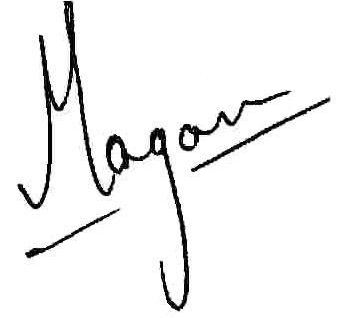

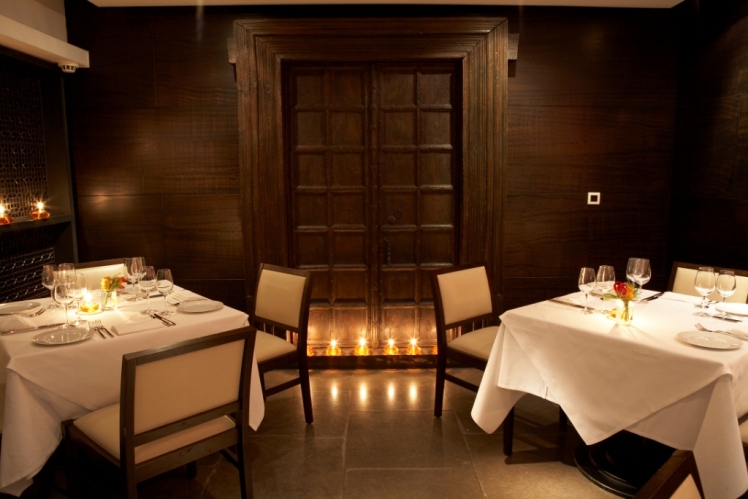
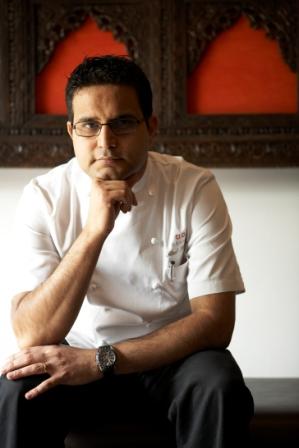
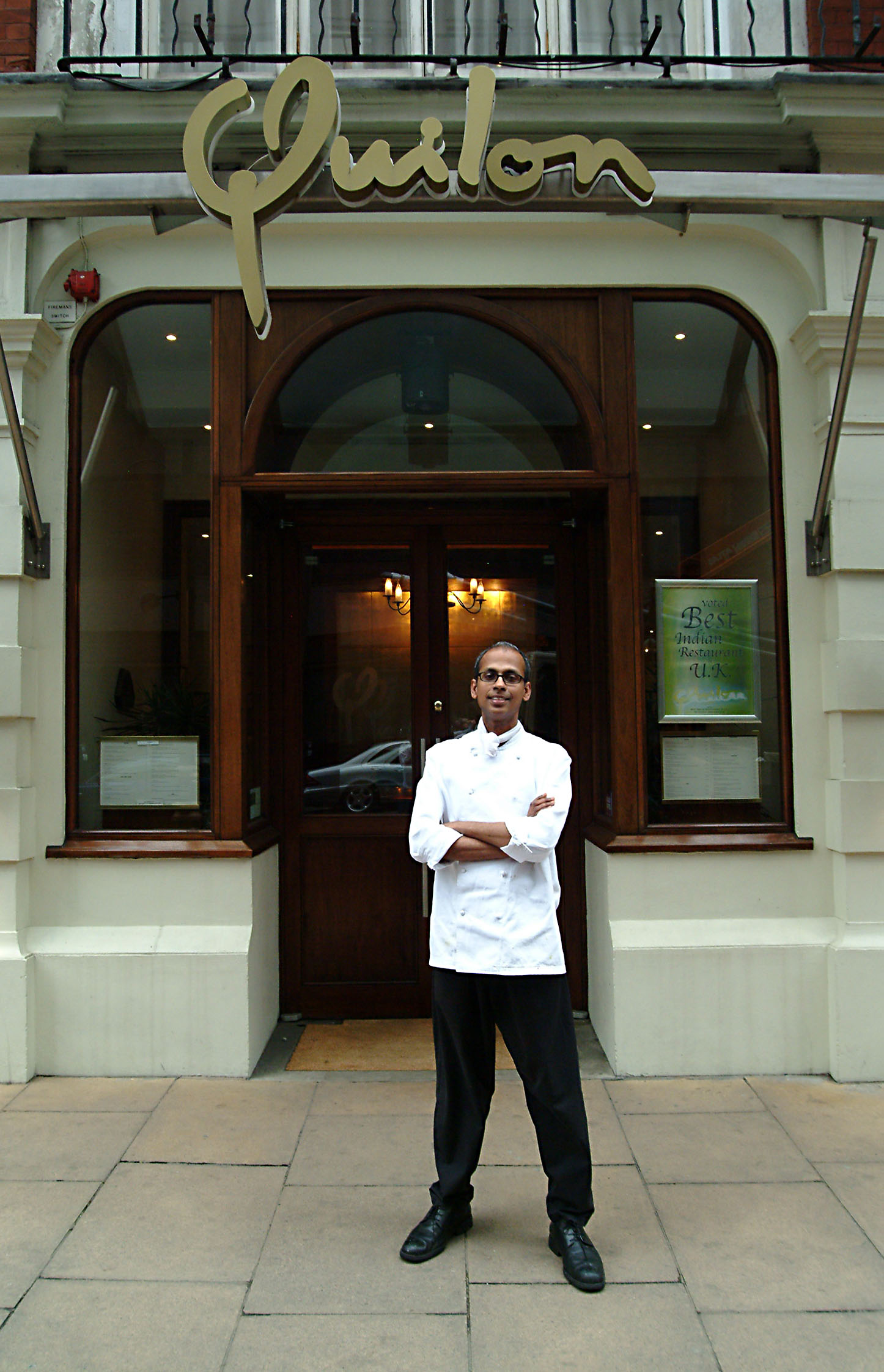

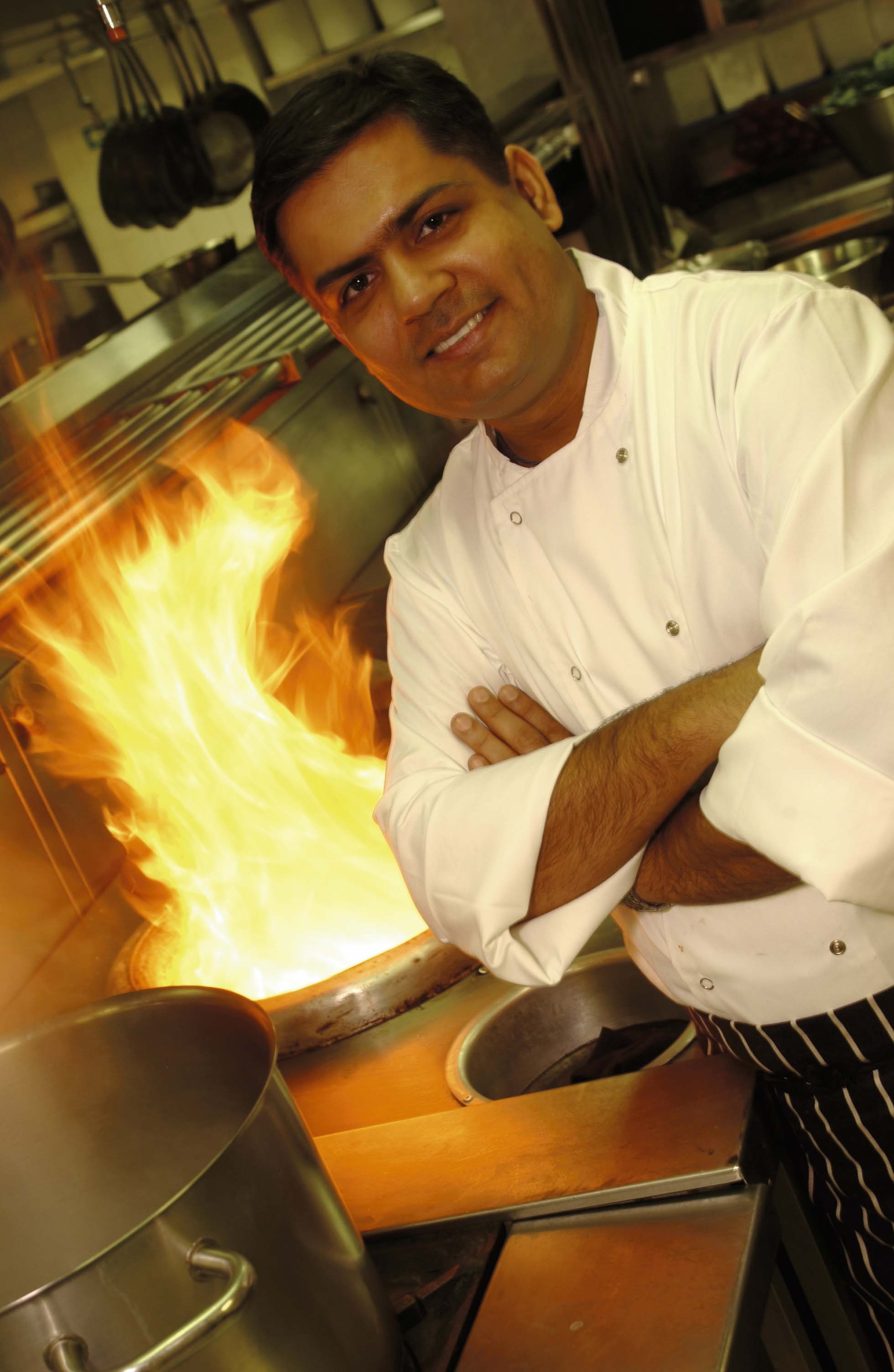
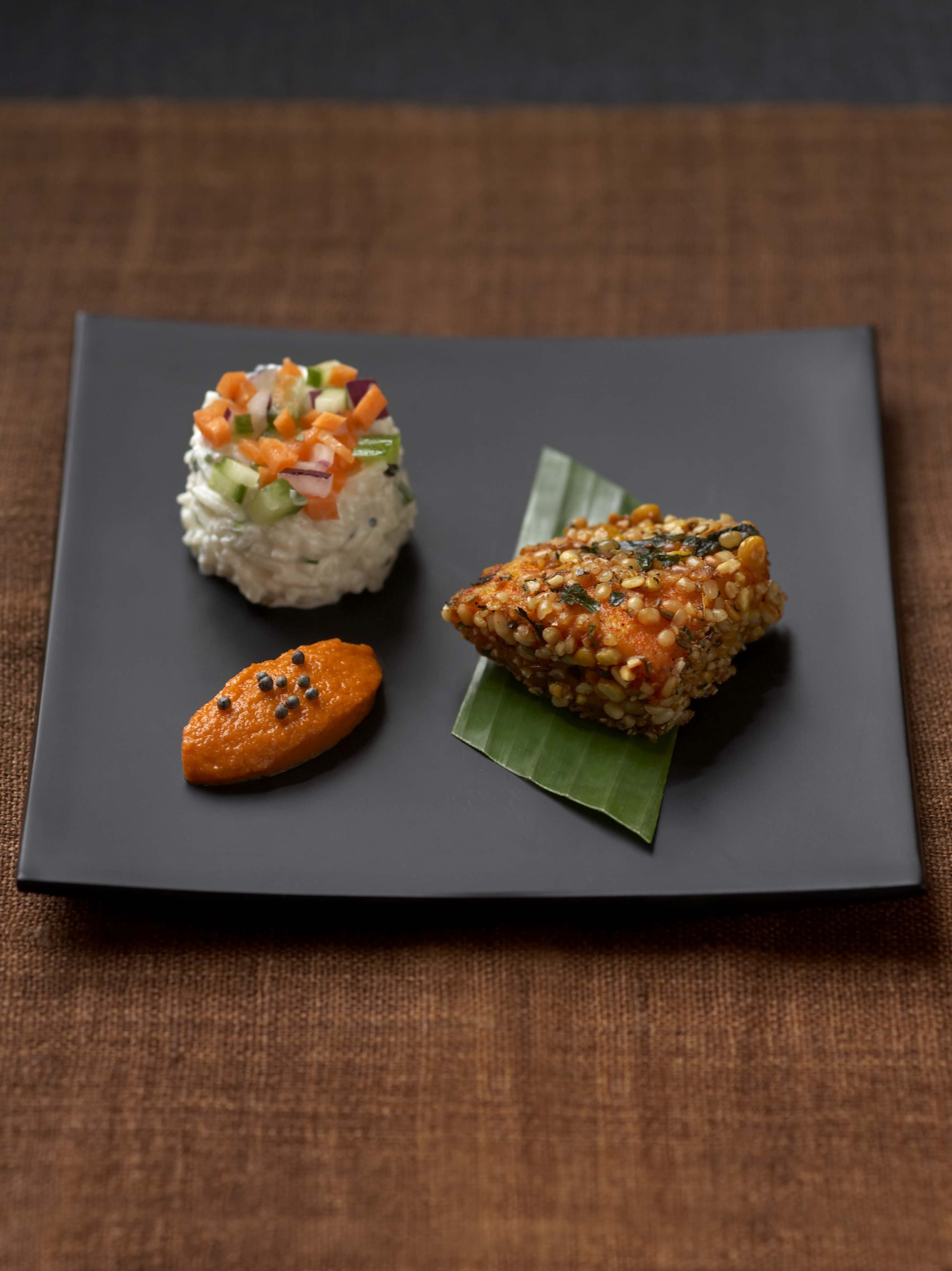
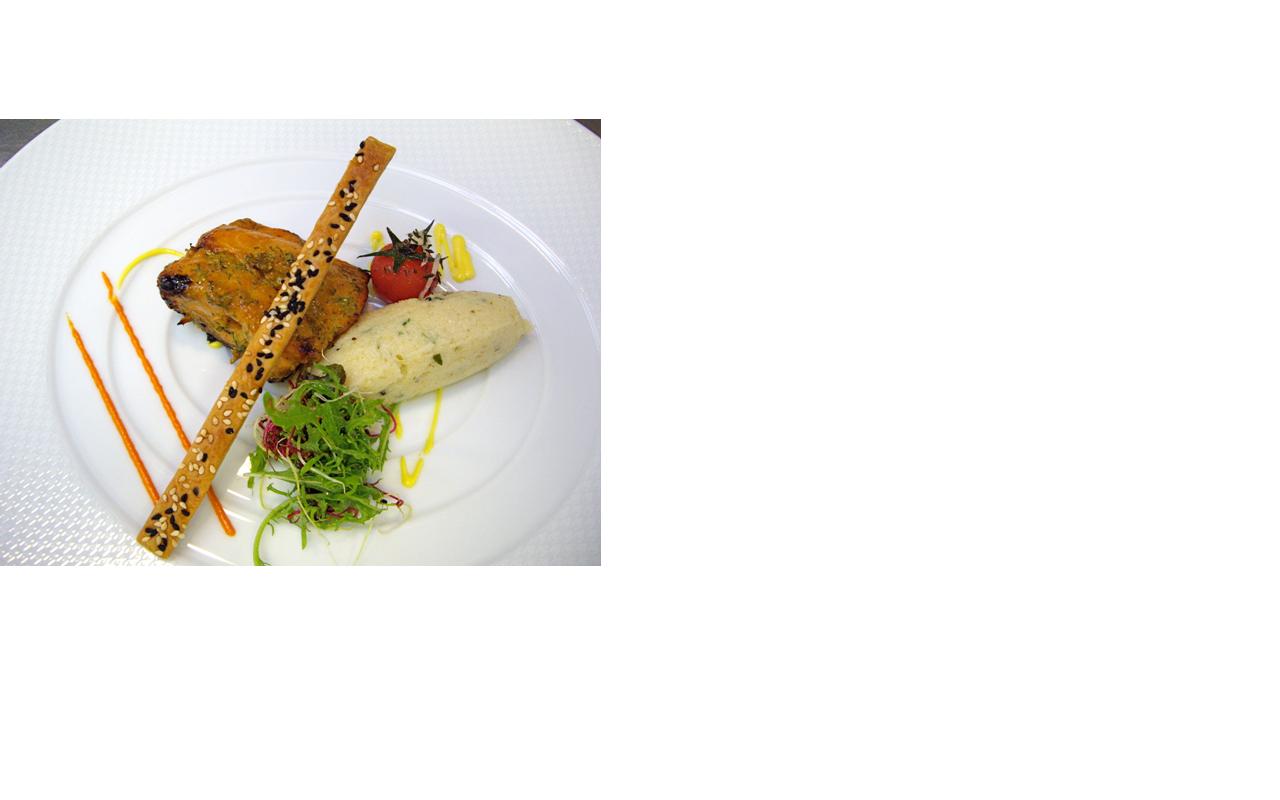


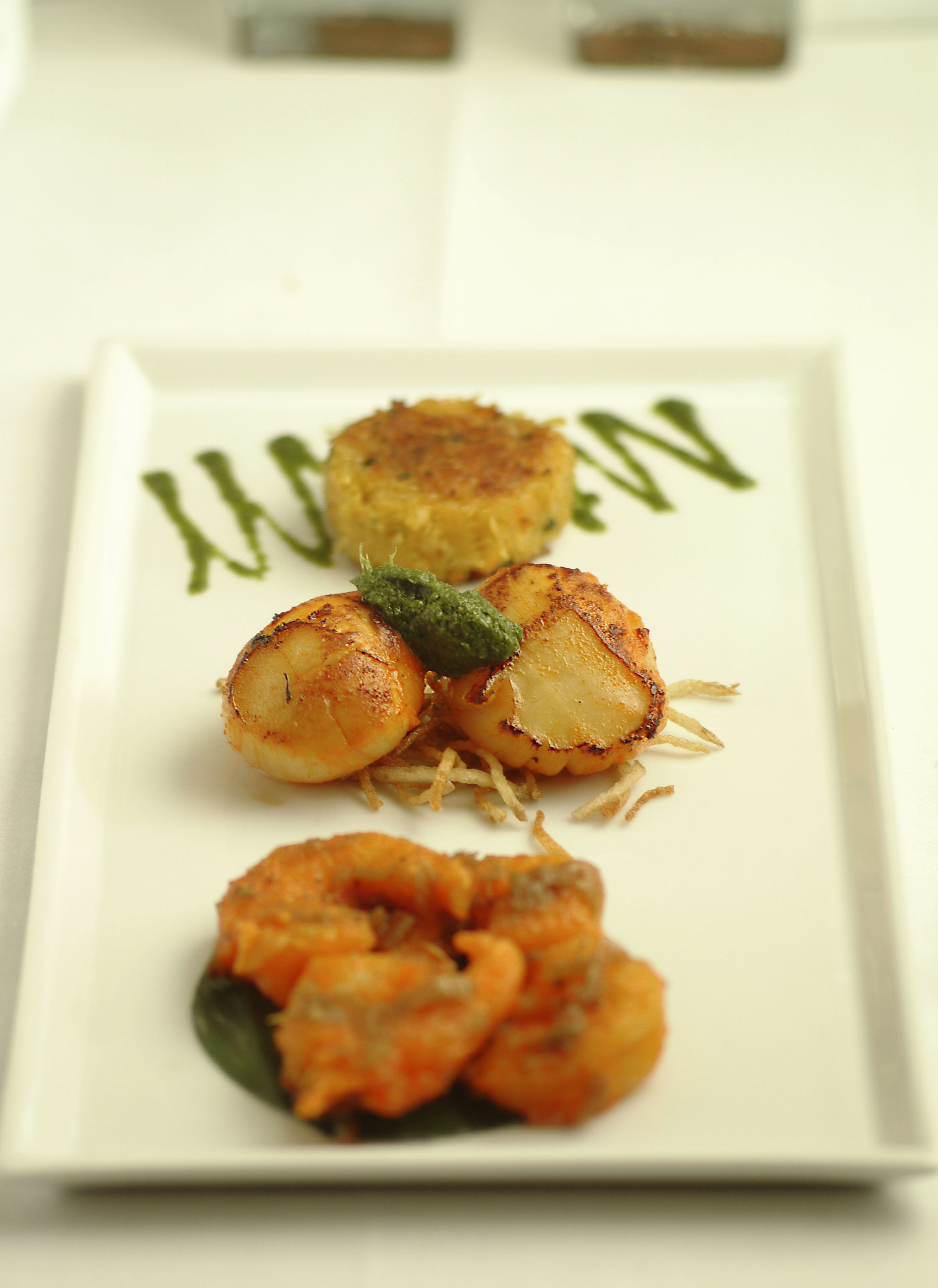
SACHIN MALEGAONKAR
May 30, 2011 6:22 pm
we do have good indian wine manufacturing with all latest tech know how.
we would like to export our wines.
can u get some leads for wine exports!!
Magan
June 1, 2011 9:41 pm
We would wish to taste the wines before suggesting any names. Mail us more at mail@wi-not.biz
Thanks.